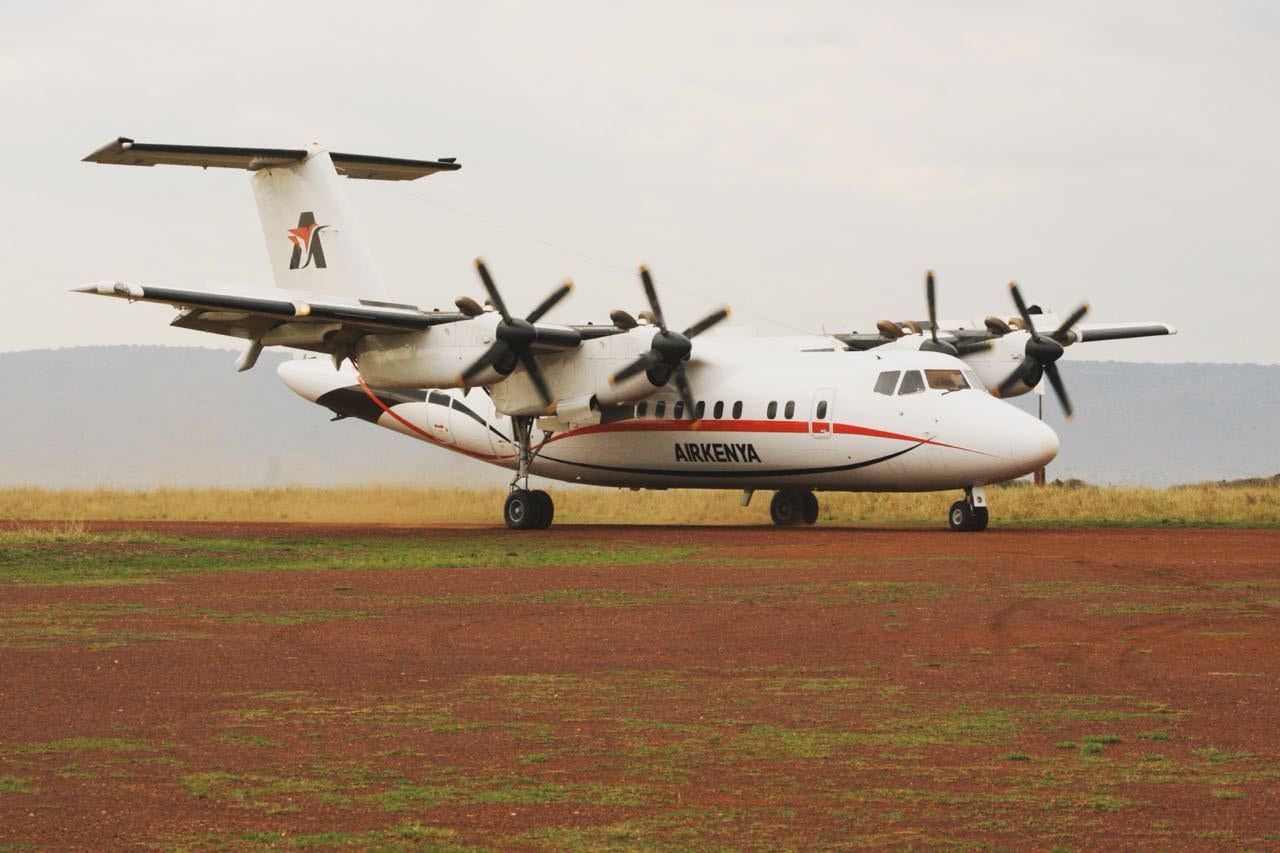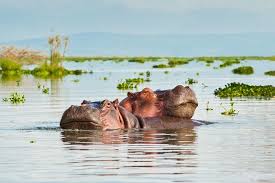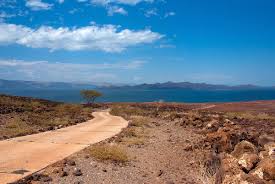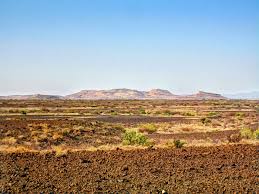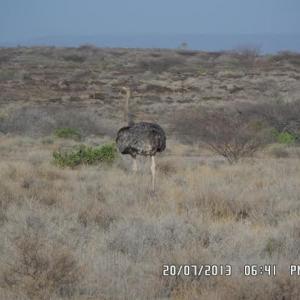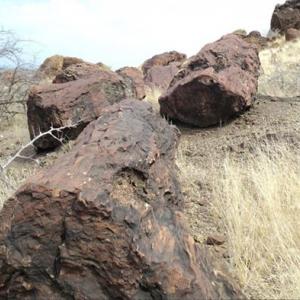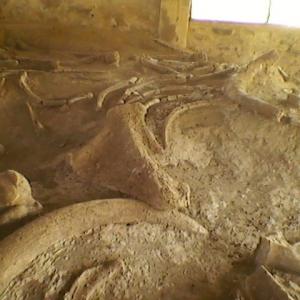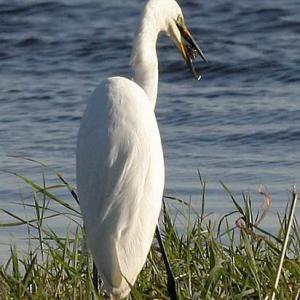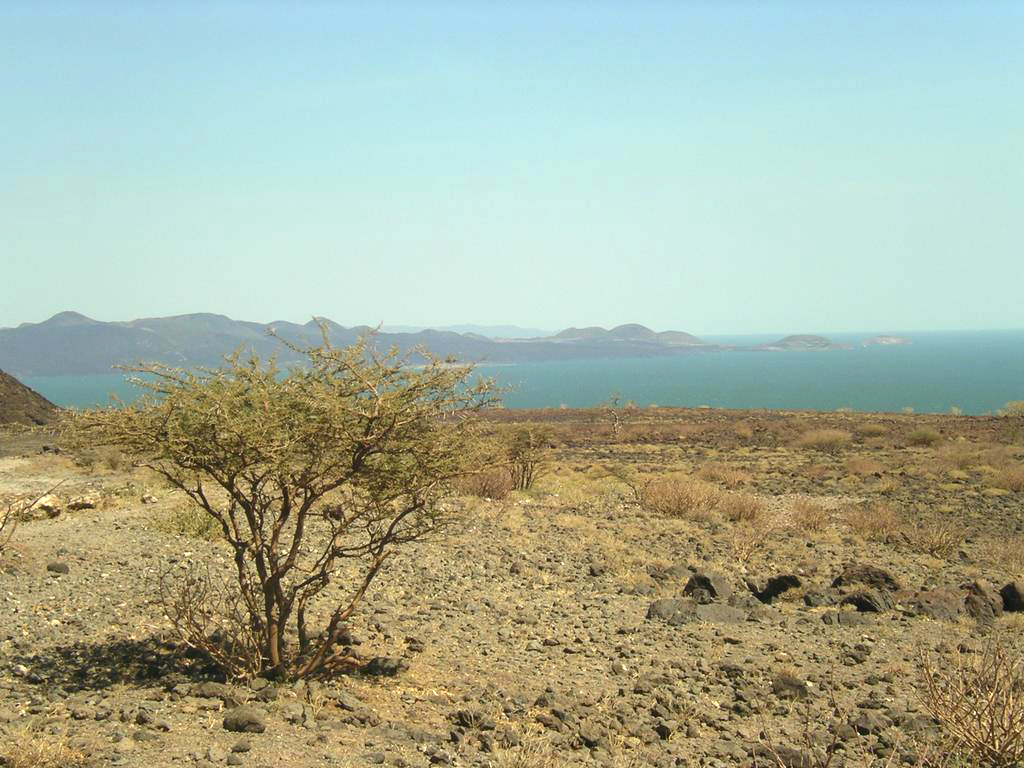
Sibiloi National Park
Overview
Sibiloi National Park is a fascinating and historically significant wildlife sanctuary located on the northeastern shore of Lake Turkana in Kenya. This remote and arid park covers an area of approximately 1,570 square kilometers (605 square miles) and is part of the larger Turkana Basin. This region is renowned for its extraordinary paleontological discoveries, earning it the designation of the "Cradle of Mankind."
One of the park's most remarkable features is its wealth of fossil deposits, some of which date back millions of years. Sibiloi National Park is a treasure trove of prehistoric remains, making it an essential site for understanding the early stages of human evolution. The park forms part of the Lake Turkana National Parks, a UNESCO World Heritage Site, and plays a crucial role in the study of paleontology and anthropology.
The Koobi Fora site within the park is particularly noteworthy. It has yielded some of the most significant fossil discoveries in human evolutionary history, including fossils of early hominids such as Homo habilis and Homo erectus. These finds have provided critical insights into the origins and development of early human species, making the park a key location in the study of human ancestry.
Beyond its paleontological significance, Sibiloi National Park is also home to diverse wildlife, adapted to the harsh and arid environment of the region. The park's unique ecosystem supports species such as grevy's zebras, oryxes, crocodiles, and various bird species, especially around the shores of Lake Turkana.
The stark beauty of the park's landscape, with its volcanic hills, petrified forests, and vast, open plains, adds to the allure of this remote destination. Sibiloi National Park offers a unique blend of natural beauty, scientific importance, and cultural heritage, making it a must-visit for those interested in the deep history of both humanity and the earth itself.
Visitors to Sibiloi National Park can explore its numerous fossil sites, take in the breathtaking views of Lake Turkana, and experience the solitude and tranquility of one of Kenya's most remote and enigmatic national parks.
Park access
From Nairobi: The most common route is to drive from Nairobi to Lodwar, the largest town in Turkana County. This journey takes approximately 2 to 3 days, covering a distance of around 700 to 800 kilometers (435 to 500 miles), depending on the chosen route. The road conditions may vary, and it's advisable to use a sturdy 4x4 vehicle, especially for the final stretch to the park, as some roads may be rough and challenging, particularly during the rainy season.
From Lodwar: From Lodwar, you'll continue driving northwards towards Lake Turkana and the park entrance. The journey from Lodwar to Sibiloi National Park takes several hours, depending on road conditions and stops along the way.
Charter flights can be arranged to Lodwar Airport from Nairobi or other major cities in Kenya. From Lodwar, you can arrange for ground transportation to Sibiloi National Park. Flying is a quicker but more expensive option compared to road travel.
Park gates
Upon arrival at the park entrance or designated entry point, visitors may need to register with park authorities, pay entry fees, and obtain any necessary permits or passes. While there may not be specific gates, there is usually a ranger station or visitor center near the entrance where visitors can get information and assistance.
It's essential for visitors to adhere to park regulations and guidelines, including speed limits, wildlife viewing protocols, and environmental conservation rules. Additionally, visitors should respect the local communities and their cultural heritage when traveling in and around Sibiloi National Park.
Park attractions
Sibiloi National Park is also culturally significant, as it is part of the traditional homeland of the Turkana people, a Nilotic ethnic group. The Turkana have a deep connection to the land and Lake Turkana, relying on its resources for their livelihoods.
The park is home to several archaeological sites and petroglyphs, providing evidence of human habitation and activity in the region for thousands of years. Visitors can learn about Turkana culture and traditions through guided tours and interactions with local communities.
Visitors can learn about Turkana culture and traditions through visits to local villages, interactions with community members, and cultural performances showcasing traditional music, dance, and crafts.
Park wildlife
Despite its arid environment, Sibiloi National Park supports a variety of wildlife adapted to the harsh conditions. Common sightings include zebras, giraffes, oryx, gazelles, and crocodiles along the lake's shores. Birdwatchers will also find plenty of species to observe, including flamingos, pelicans, and various migratory birds.
The park's vegetation consists mainly of thorny scrubland and acacia trees, interspersed with patches of grassland and seasonal rivers.
Boat safaris on Lake Turkana offer a unique perspective of the park's landscapes and wildlife, with opportunities to see crocodiles, hippos, and birdlife from the water.
Camping
No camping sites

